Realme is well and truly back in France, including in the well-represented mid-range Android segment. This is evidenced by the recent Realme 14 Pro and Realme 14 Pro+, the highest-end version of which we are testing here. Rather than playing on a very aggressive price point like Xiaomi, for example (the Redmi Note 14 Pro+ being the main competitor here), the Chinese manufacturer is trying to stand out primarily through the design of its device. On paper, its technical specifications and its camera section are also not to be outdone. Let's see in this test if the formula works.
Price and availability of the Realme 14 Pro+
The Realme 14 Pro+ starts at 529 euros (8 GB of RAM and 256 GB of storage) and ends at 579 euros (12 GB/512 GB). It comes with a classic gray leather finish and, above all, a white pearl design that really makes the phone stand out.
An atypical design that literally blows hot and cold
Before talking about that famous back, let's note that the Realme 14 Pro+ is a smartphone full of curves. Its corners avoid sharp edges, its camera block multiplies the circles, and all its angles are soft. This makes it a very pleasant terminal to hold in your hands, but can have an impact on the slipperiness, especially in the case of perspiration, but also on the screen as we will see below.
Let's address the elephant in the room: the back of the Realme 14 Pro+ in its white version does not have a pearly texture just for show. The material chosen is sensitive to temperature. Thus, when it is cold (less than 16°) the terminal displays shades of blue which turn orange when it is warmer. Completely useless, therefore essential? Probably not, but original, at least.
Realme has opted for gold plastic on the edges and the camera block on the back. While the color goes well with the back, giving the whole thing a luxurious feel, some may find it a bit too bling-bling. And this, even if by choosing all plastic, the Realme 14 Pro+ reminds us once in hand that it is not in the high-end segment. More noble materials would have been more pleasant, but the price would not have been the same and the finishes are, on the other hand, very decent.
On the button side, nothing very classic this time, the power and volume are on the right edge. The USB-C port as well as the SIM slot (without microSD slot) are at the bottom, with the main speaker grille. The whole is certified IP66, IP68 and IP69. This terminal is therefore not afraid of water: it is protected against immersion, high-pressure water jets and high-pressure hot water. Just that.
Finally, let's return to the (very chic) camera block. The three sensors are placed in a triangle for a result that works well visually, while no less than three flashes are interspersed between them. This will certainly brighten up your lock at night, but will also enhance portraits. It's worth noting that the central location of this camera block means the smartphone won't be too unbalanced when laid flat.
Screen: a convincing screen that lacks a little brightness
The Realme 14 Pro+ sports a beautiful 6.83-inch AMOLED panel that is slightly curved at the edges and protected by Corning Gorilla Glass 7i. Beautiful, because it occupies 89.7% of the space, offers a nice pixel density of 450 ppi, and a resolution of 2800 x 1272 pixels. Its maximum display frequency of 120 Hz is also appreciable.
Things are a little more limited in terms of maximum brightness (1079 nits in SDR and 1130 nits in HDR): generally correct, but in full sunlight you will sometimes have to seek shade to see properly. Regarding colorimetry, Realme renders a decent copy, nothing more. The average Delta E 2000 measured in DCI-P3 is 3.8. We are therefore quite far from 3, the value from which colorimetry begins to enter the realm of very good.
Note that the fingerprint reader is located under the screen. While it's responsive, it can be criticized for being a little low, sometimes requiring you to slightly contort your thumb to use it. Finally, as mentioned above, the curves of this terminal can play a few tricks on it. Indeed, the content displayed in the corners can sometimes be slightly truncated due to the pronounced curves of the screen.
Performance: Convincing mid-range
In its reasonably sized body (163.51 x 77.34 x 7.99 mm) and weighing just under 200 g, the Realme 14 Pro+ features a Snapdragon 7s Gen 3 SoC supported by an Adreno 810 GPU. That's the same duo as in many devices in this range released in recent months, including the Redmi Note 14 Pro+. While we're not at the performance level of a Snapdragon Elite, the solution offered here is perfectly pleasant to use and limits heating well.
In everyday life, even with many applications open, the device is fast and responsive. On the video game side, for 3D-intensive titles like Genshin Impact or Without Survivors, you'll have to slightly sacrifice graphics quality to achieve maximum fluidity, but it's still possible to achieve perfectly satisfactory results in both cases. 60 FPS on high isn't that far off for this price range, and that's very good. Especially since Realme offers some tools for gamers and a fairly comprehensive toolbar dedicated to video games, including a game mode (GT mode) designed to gain a few FPS and milliseconds (ms) in the most competitive games.
Finally, on the chip side, there's nothing surprising for this price range in 2025, since 5G, NFC, Bluetooth 5.2, and even WiFi 6 are all here. We're not using the latest standards. We wouldn't have rejected a small WiFi 6E, for example.
Audio: de l'appointment rapidement trop juste
Like many of its competitors, this terminal offers unbalanced stereo sound. Indeed, the bottom speaker offers a higher volume than the top one (which does not have a grille), thus being able to offer average spatialization. At high or even medium volume, the sound resonates quickly and you will therefore want to use headphones or earphones.
Photo: mostly high-performance sensors
For its rear camera unit, the Realme 14 Pro+ offers three sensors:
- A 50 Mpx wide-angle (f/1.8);
- An 8 Mpx ultra-wide-angle (f/2.2);
- A 50 Mpx x3 telephoto lens (f/2.65).
At the back, the selfie sensor offers a fairly generous 32 Mpx (f/2.0). The overall result is a very decent photo section for this price.
The wide-angle lens is very convincing when the light is good. Sharpness and contrast are good, and the main drawbacks are a slightly exaggerated color saturation.
In this comparison, on the right, the Redmi Note 13 Pro offers a photo that is much closer to reality, with a truly white white and a less intense blue than the Realme 14 Pro+. The latter tends to overdo it a bit on the colorimetry. The result is photos that have pep, but which cheat a little.
The ultra wide-angle lens does a perfectly good job despite its low resolution. Although we lose a little definition and the colors appear a little more faded than in reality, the overall result is still quite usable during the day when conditions are good.
While the smartphone performs quite well against the light and doesn't throw contrast out the window, there is a tendency to not filter lens flares when there is a strong light source in the shot.
Where Realme's solution especially shines is in its telephoto lens. While zooming in to the maximum of 120 won't work miracles, zooming in to x3 or even x6 will often give surprisingly precise shots that respect colors and lighting quite well.
The selfie sensor, for its part, offers clearly visible details (including cat hairs on the t-shirt...) and the blur effect cuts out its subject well (even if it means losing a few beard hairs in the process).
When the light is lacking, or at night, the results of the different sensors are less convincing, while still remaining despite Everything is fine for this price range. Especially for the ultra-wide angle, even if its light capture is quite convincing. Beyond the lens flares in abundance, we will note a sometimes imperfect management of contrasts, or a loss of textures and blurring that sometimes appears. But, once again, nothing prohibitive for mid-range.
Night mode is also activated automatically, and adjusts the time to remain still during capture (between 1 and 3 seconds) depending on the ambient light level. The triple flash also does a good job of lighting the scene as naturally as possible when needed and minimizing the inevitable loss of detail.
Finally, on the video side, the Realme 14 Pro+ can shoot up to 4K at 30 FPS, or 1080p at 60 FPS, with optical stabilization.
Autonomy Test: a sufficient battery and charge
In its 14 Pro+, Realme has integrated a generous 6000 mAh battery mAh. A great value for this range, which allows the terminal to easily last a day, or even two depending on your level of WiFi usage.
Let's take a look at our mixed battery life protocol implemented by 01Lab. This one is a little more demanding, since it also uses mobile data and runs the smartphone continuously, alternating between activities (HDR video, audio playback, 3D gaming, etc.). The measured value isn't extraordinary. With approximately 15 hours and 12 minutes, the Realme 14 Pro+ is a notch below the best in the sector. In heavy use, it should still last the day, but not much longer.
On the charging side, 80W fast charging is available. Due to its size, it takes 76 minutes for the battery to reach 100%, but only 10 minutes to recover to 17%. It's not the fastest in the industry, nor the most autonomous, but the Realme 14 Pro+ offers figures here that are consistent with the asking price.
Interface: Realme UI, a generous overlay
At the time of this review, the Realme 14 Pro+ is powered by Android 15 and the Realme UI 6.0 overlay. Looking ahead, the manufacturer promises a rather generous 5 years of Android updates and 5 years of security patches.
Aside from a very high amount of pre-installed unwanted software, Realme UI 6.0 (reminiscent of Oppo's ColorOS) is an excellent choice. Not far from the basic Android experience at its heart, it nevertheless adds many additional options.
A sidebar is also included, while those who love customization should find something to suit them. The photo section also offers numerous options and modes to best capture your images (underwater, high resolution, street, concert, etc.), as well as modify them. 2025 requires AI-based tools for retouching your photos (sharpening zoomed-in shots, erasing objects that do what it can, etc.) are here.
Unlike text-based services, for example, Gemini and the AI Smart Loop feature (which allows you to quickly share elements based on selected content) are there.

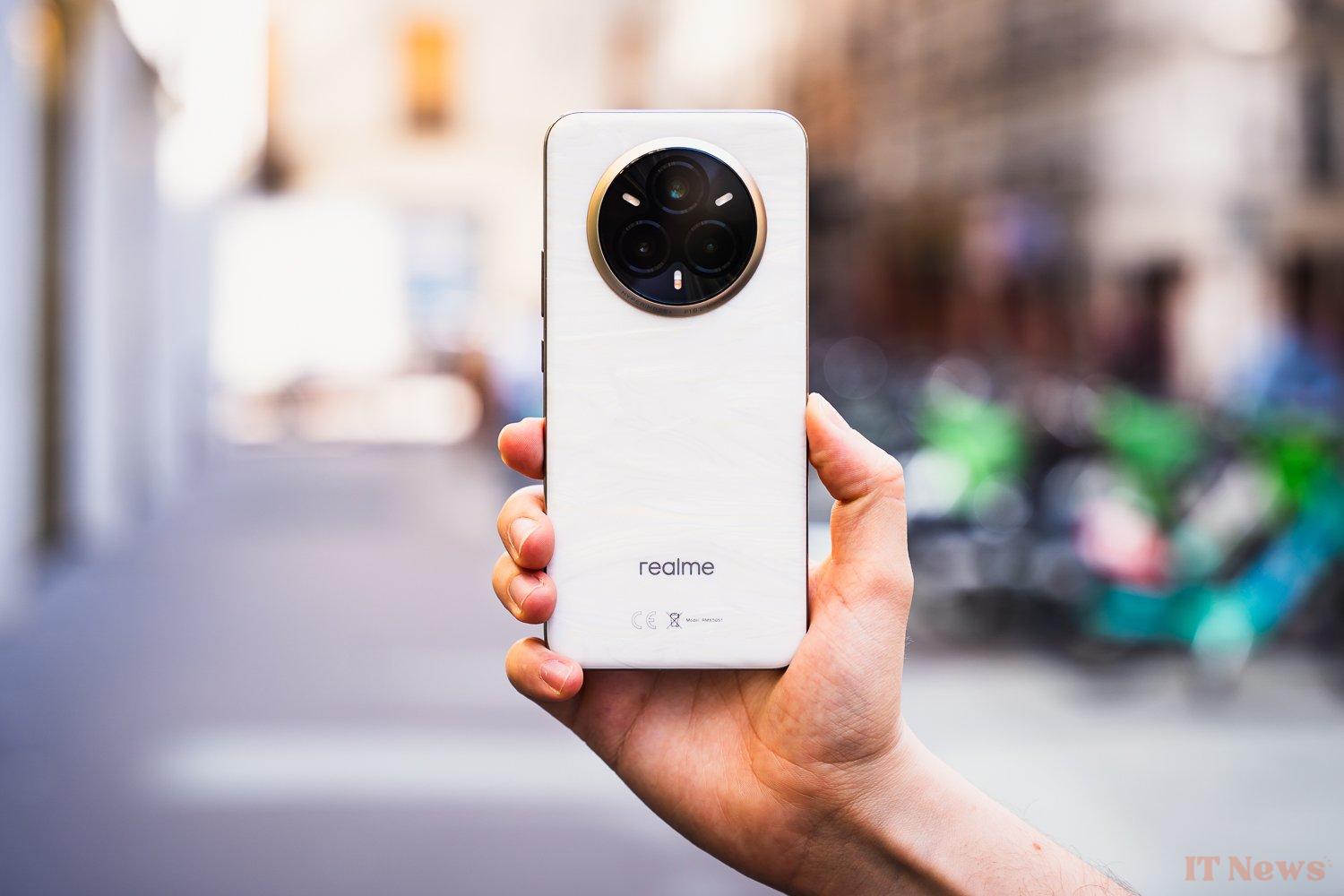
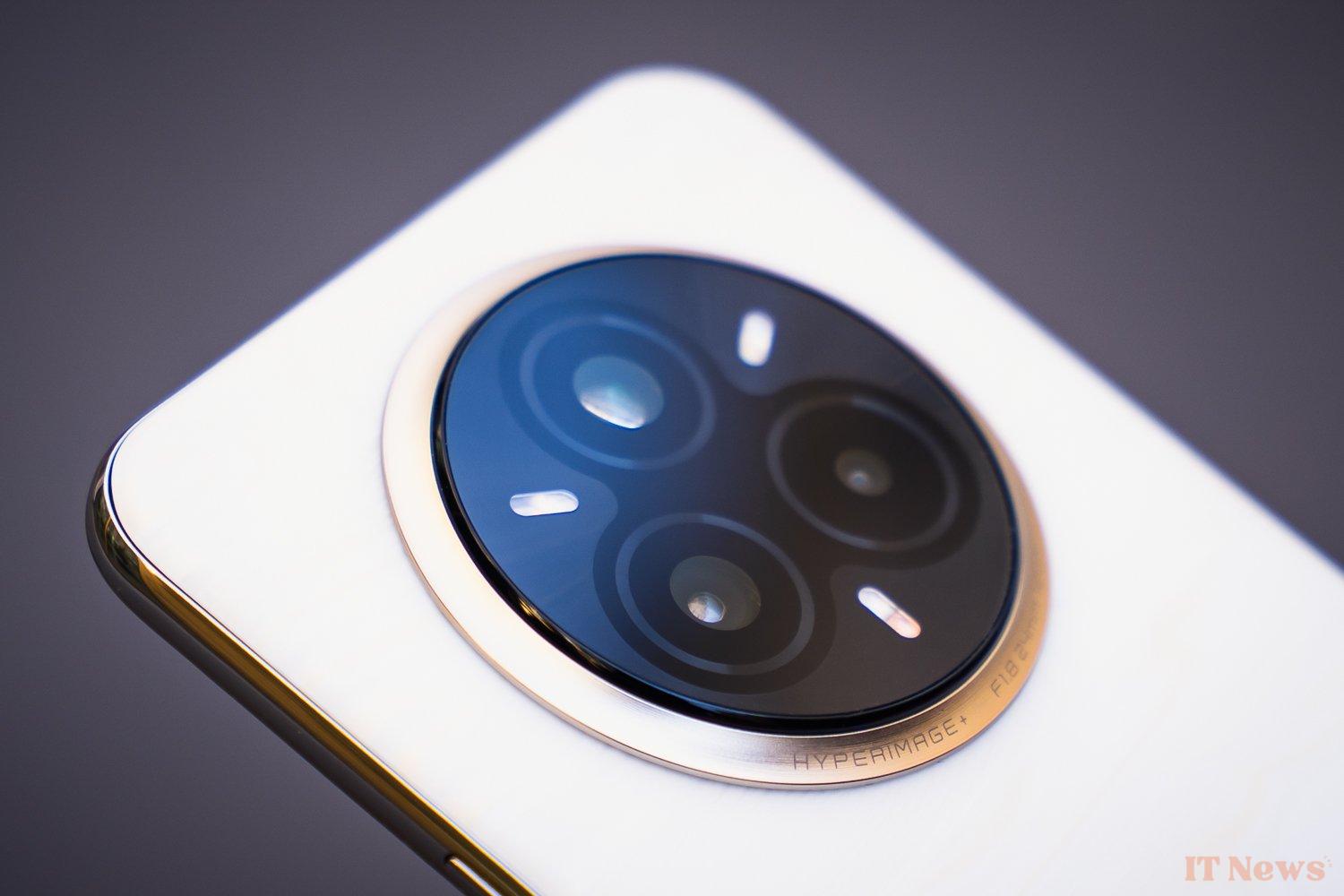
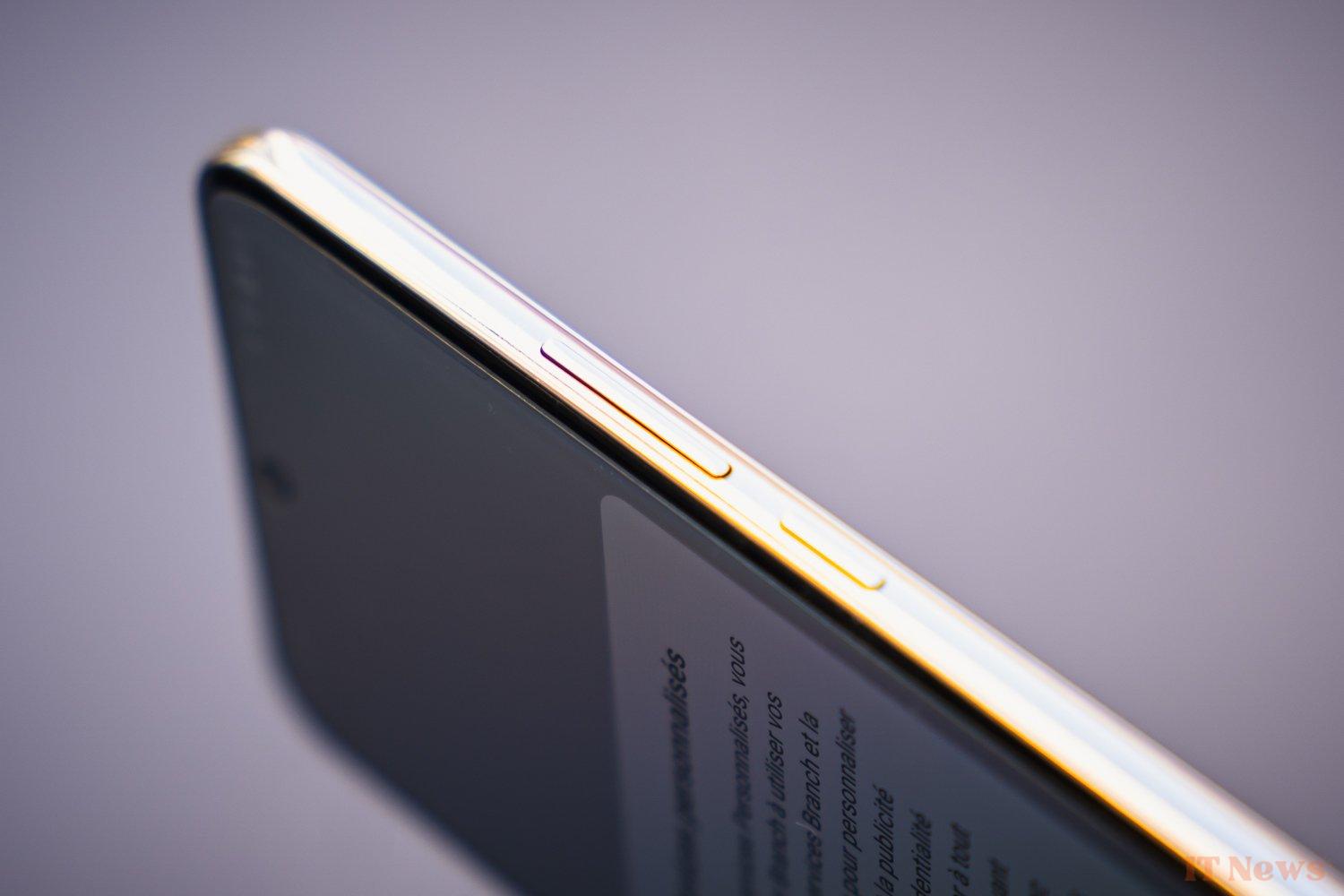

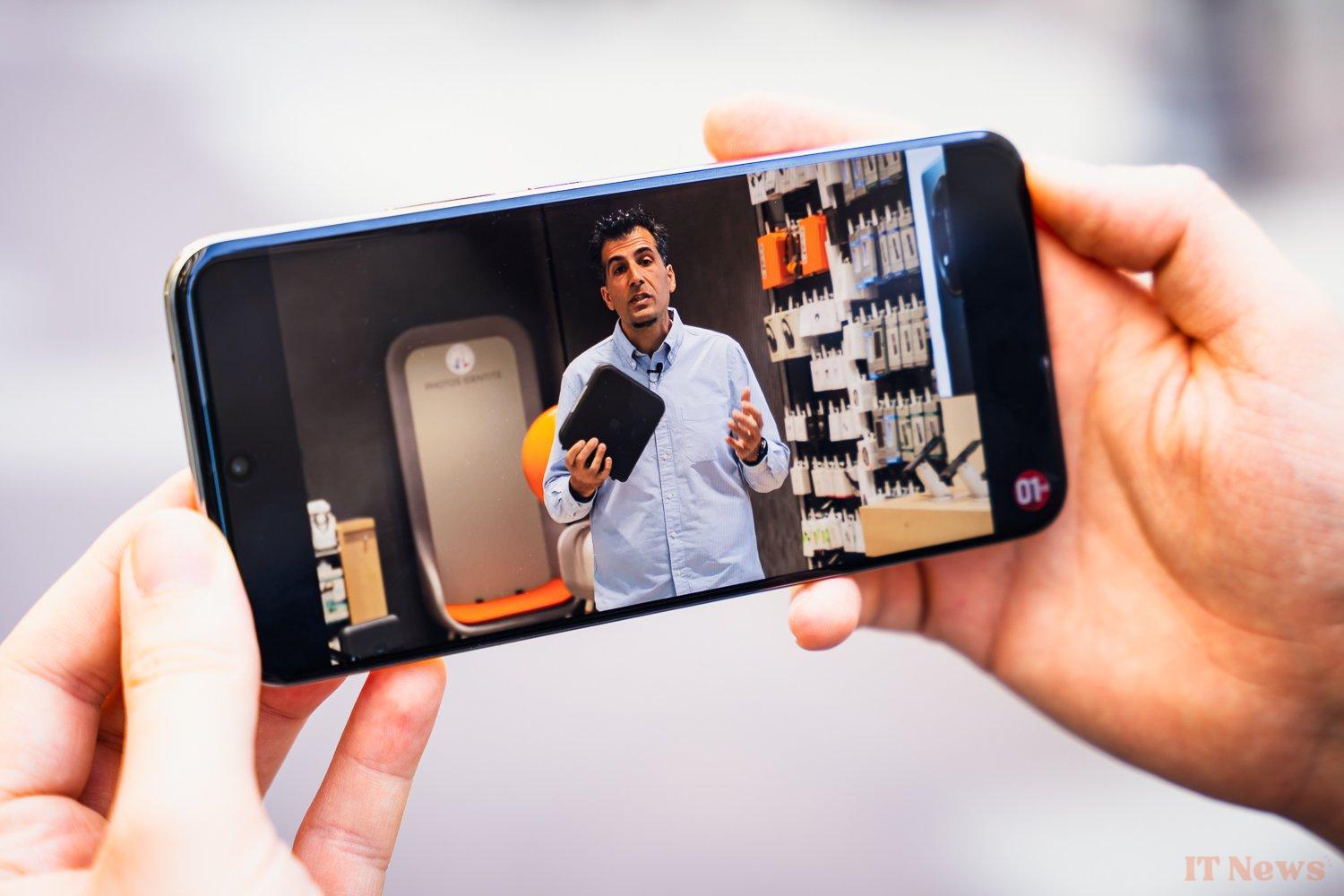


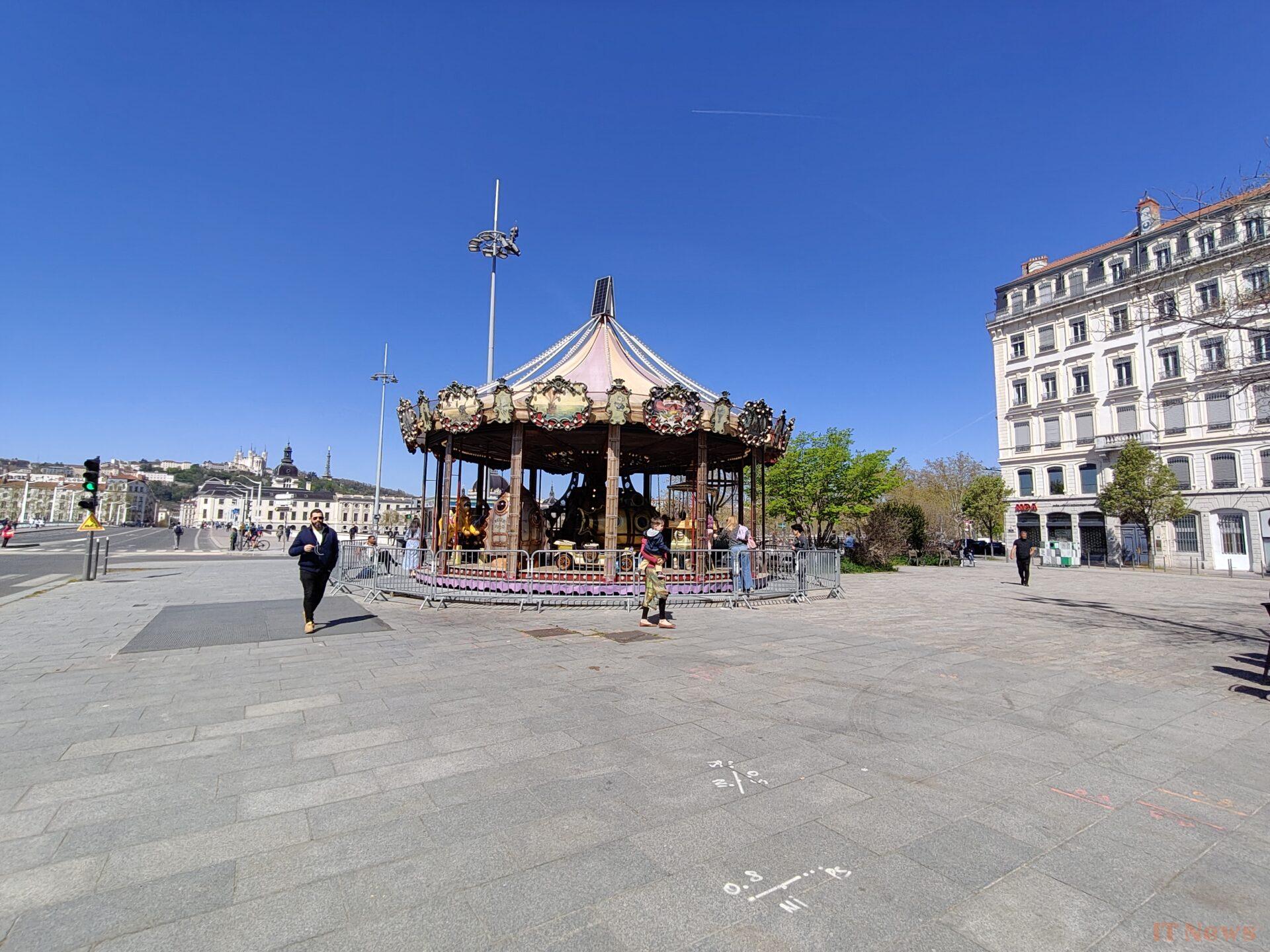






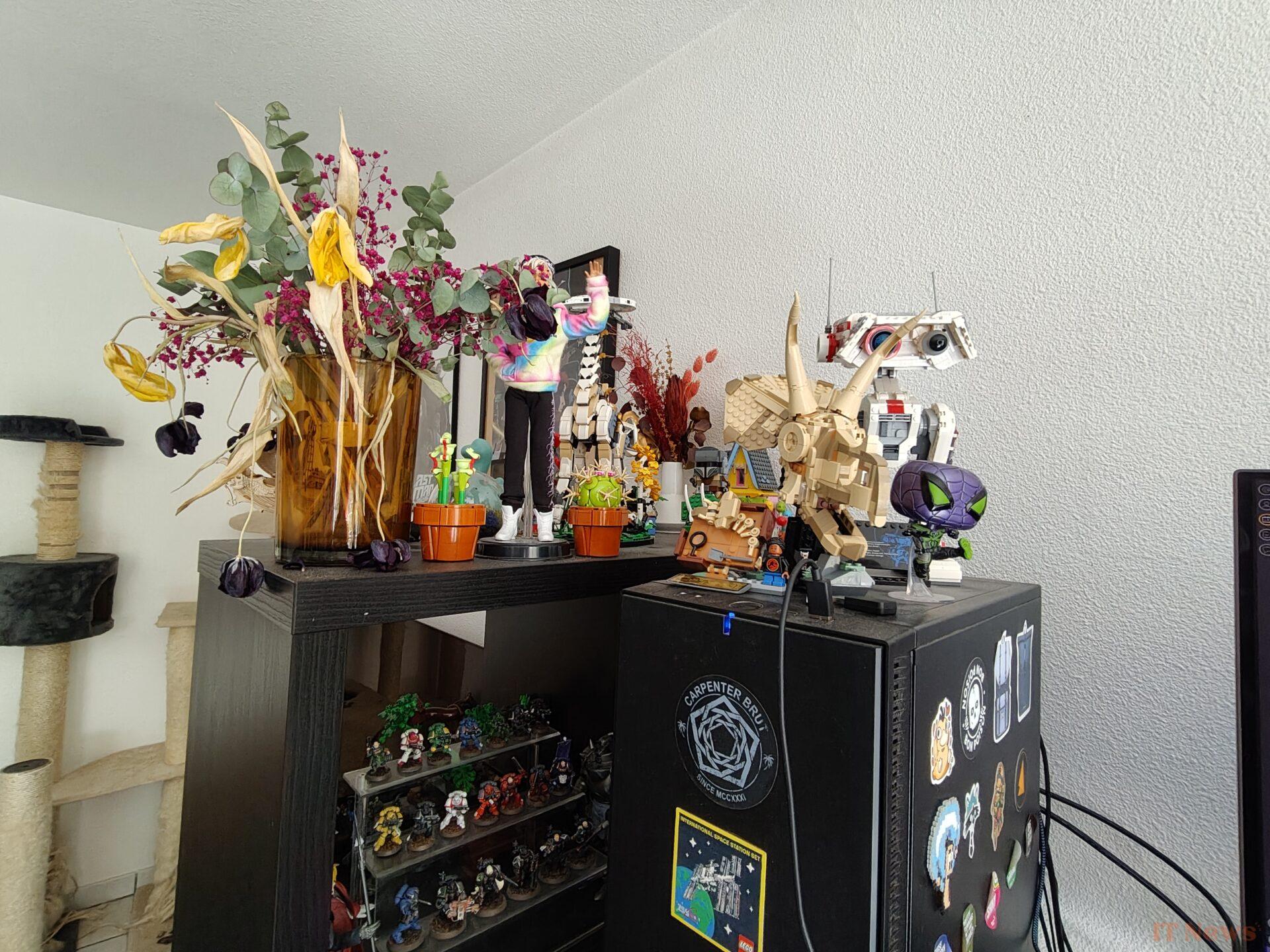
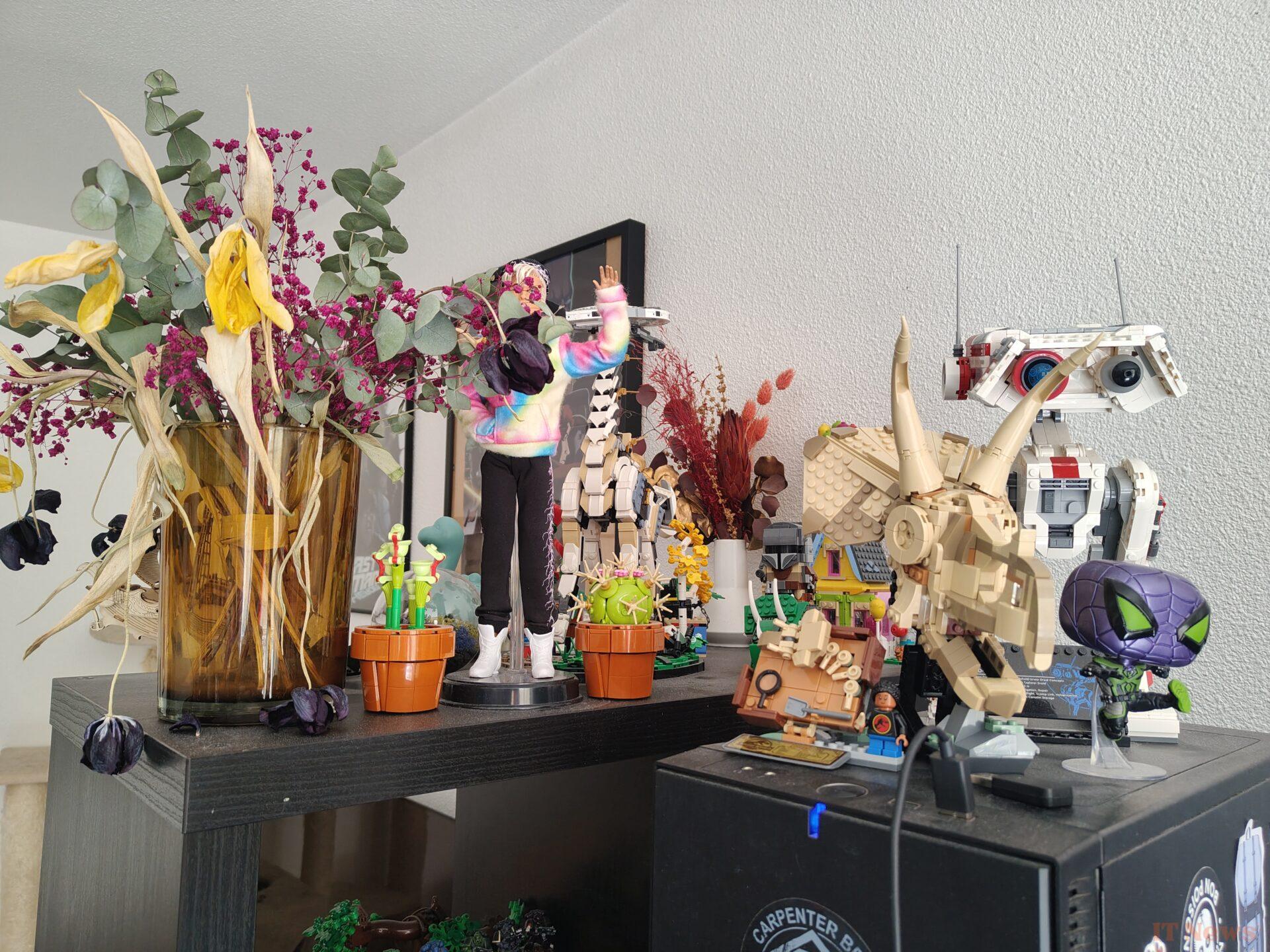
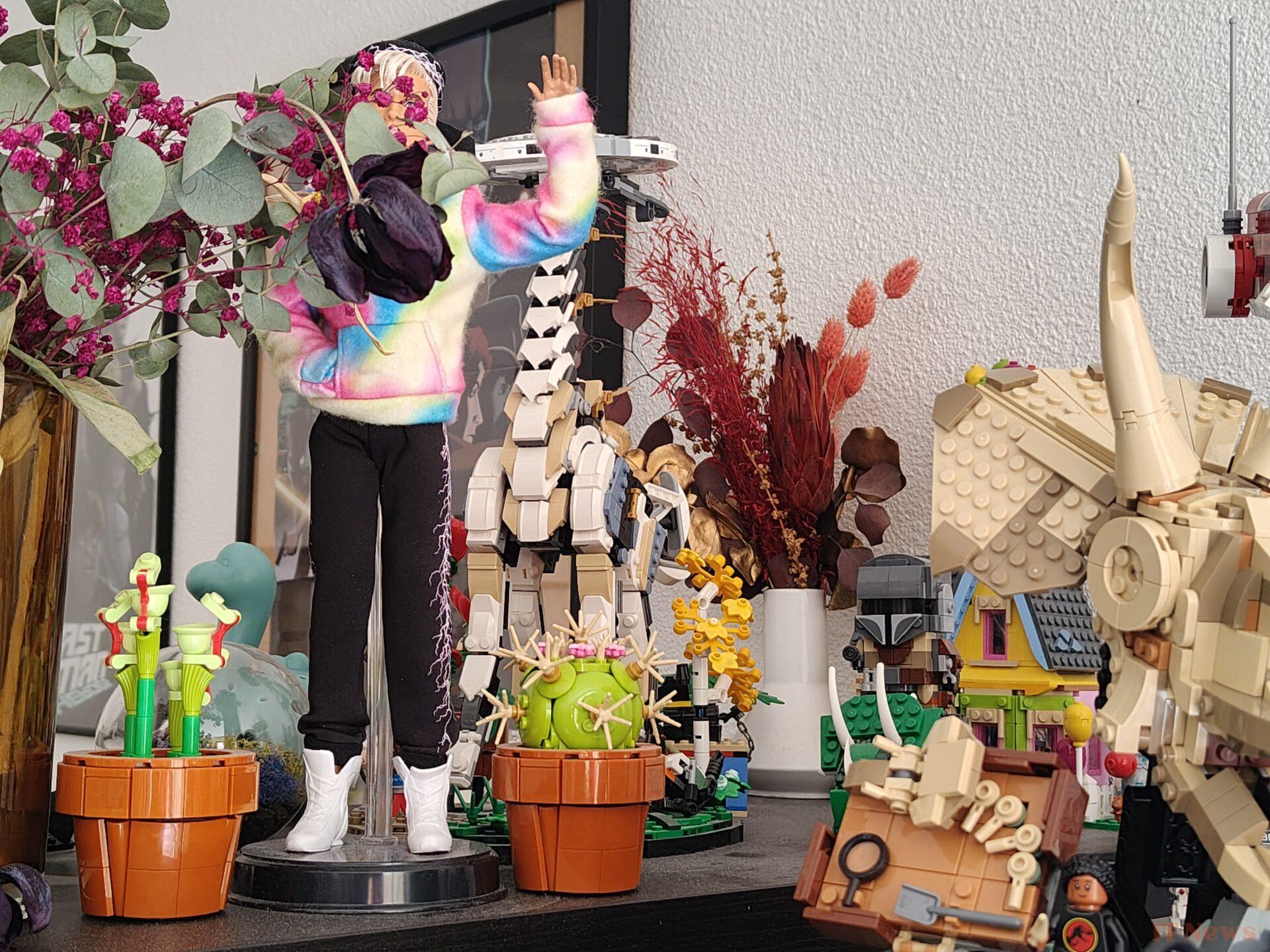








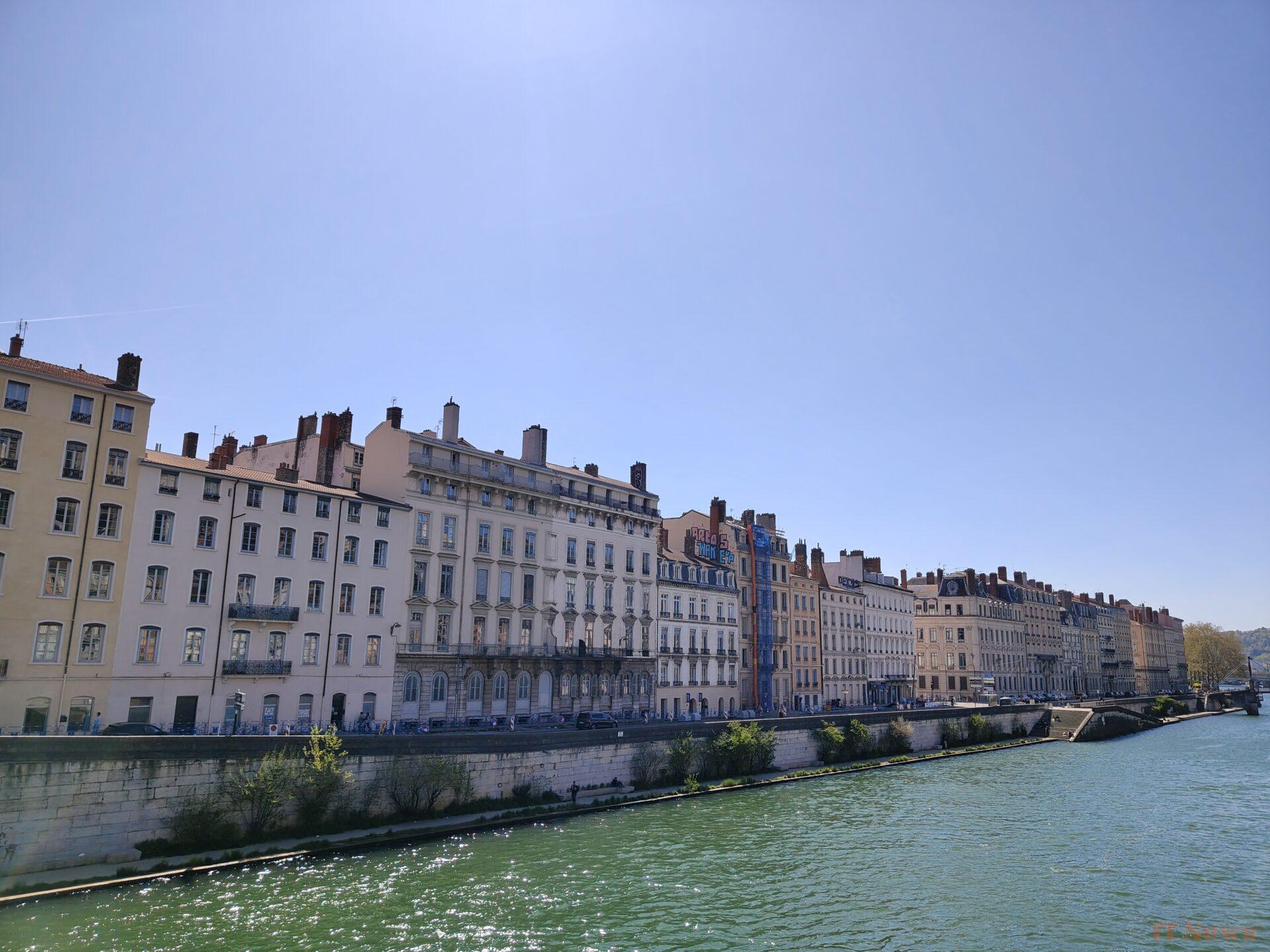
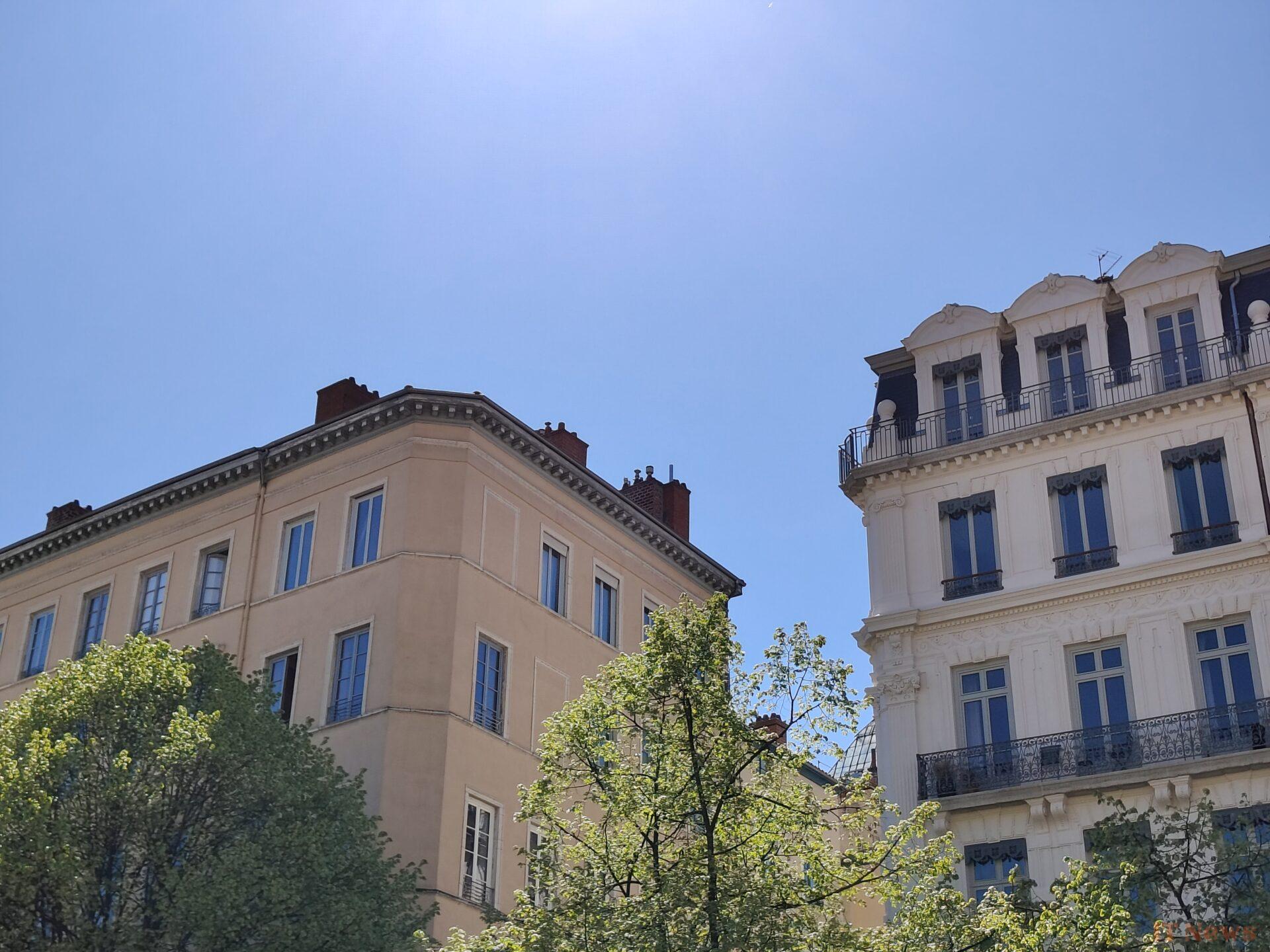




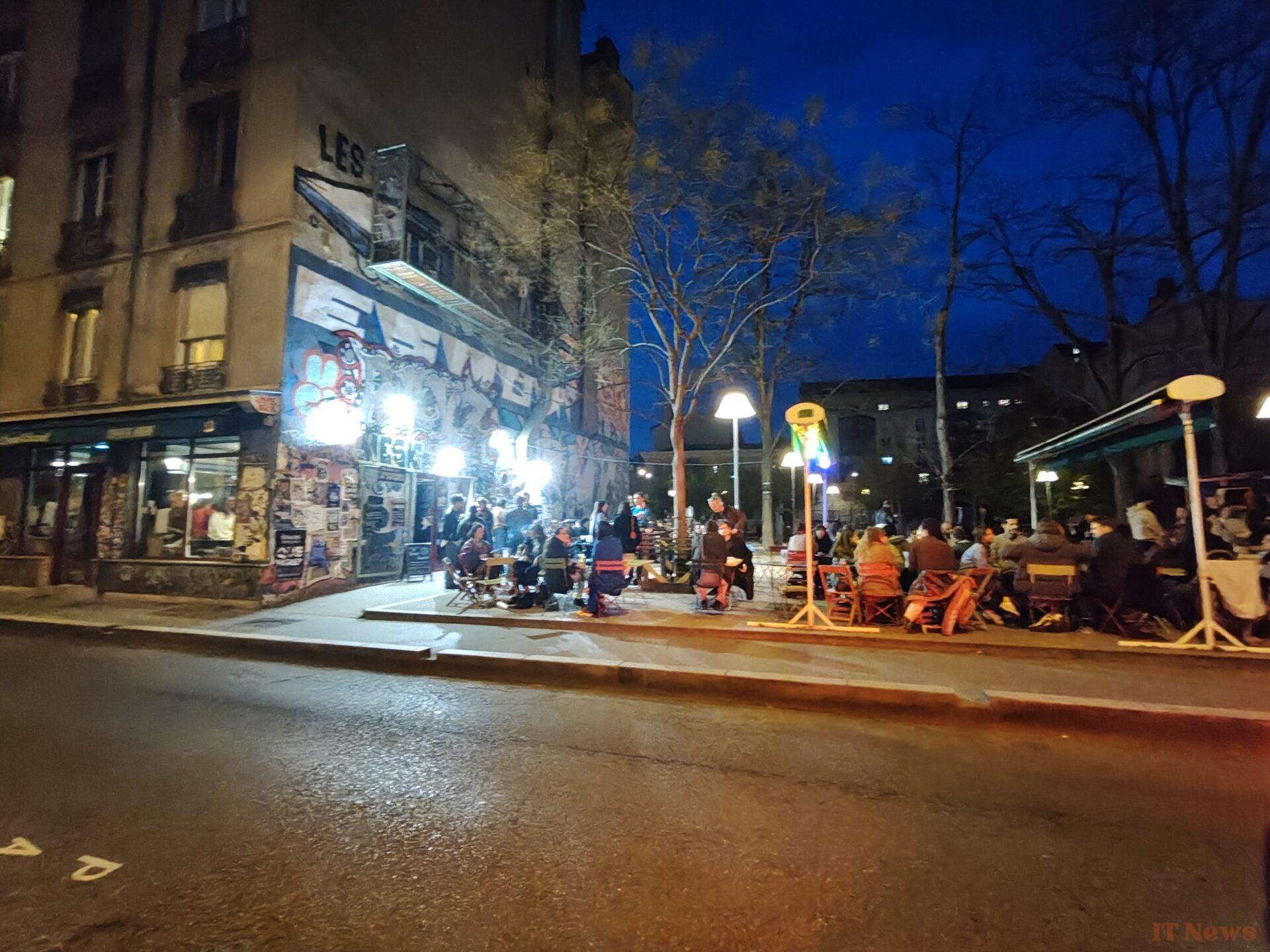
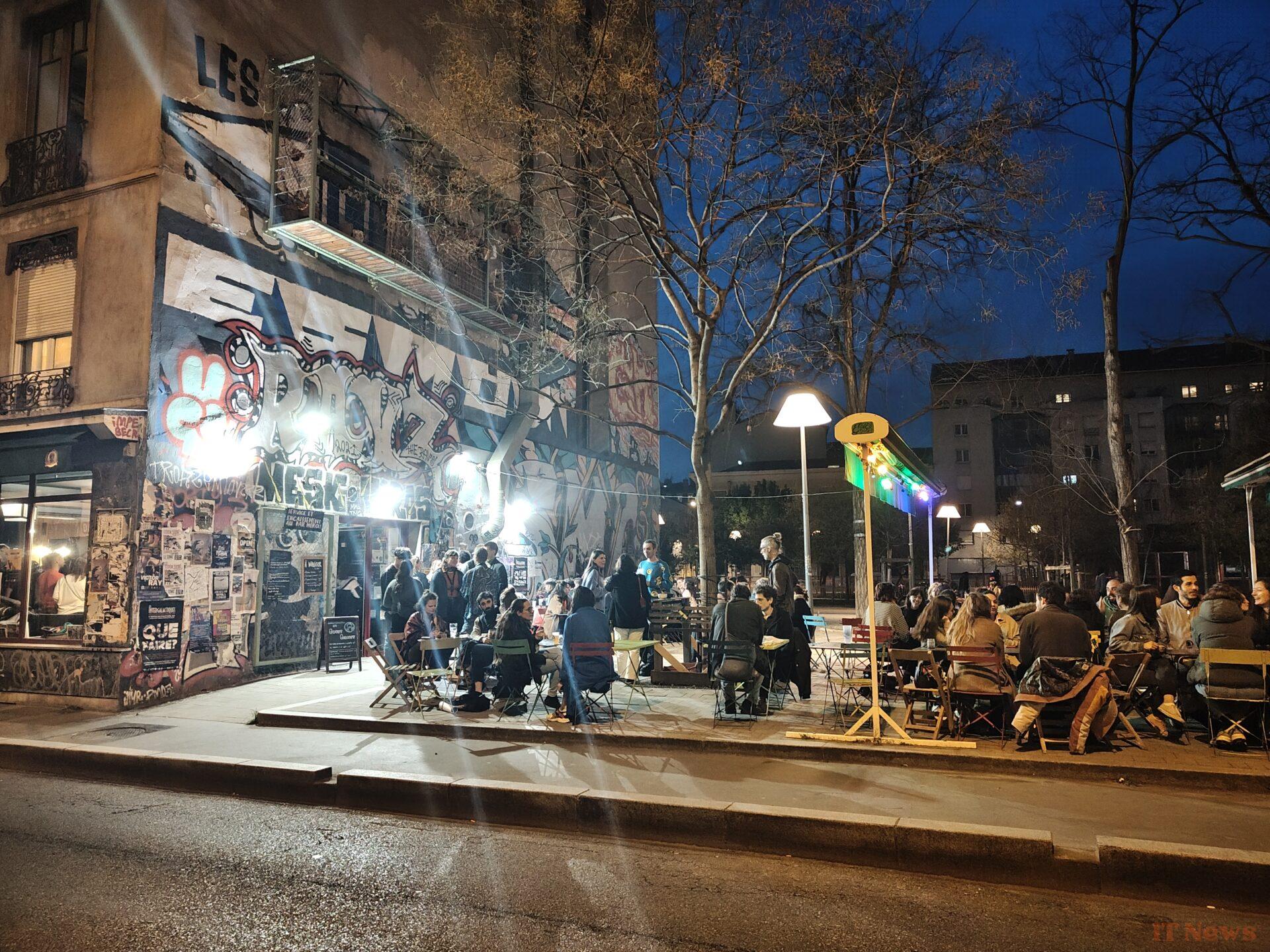




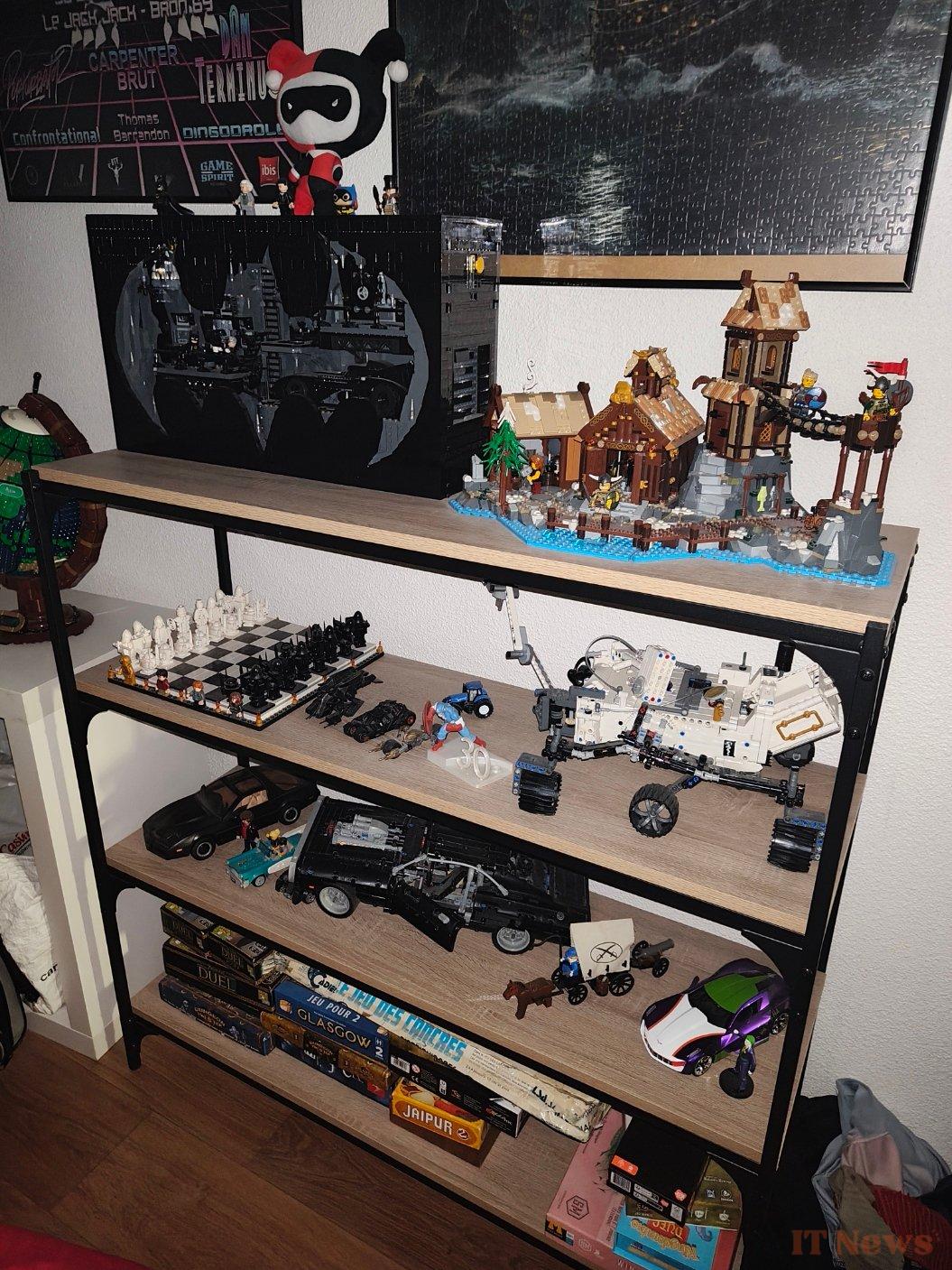




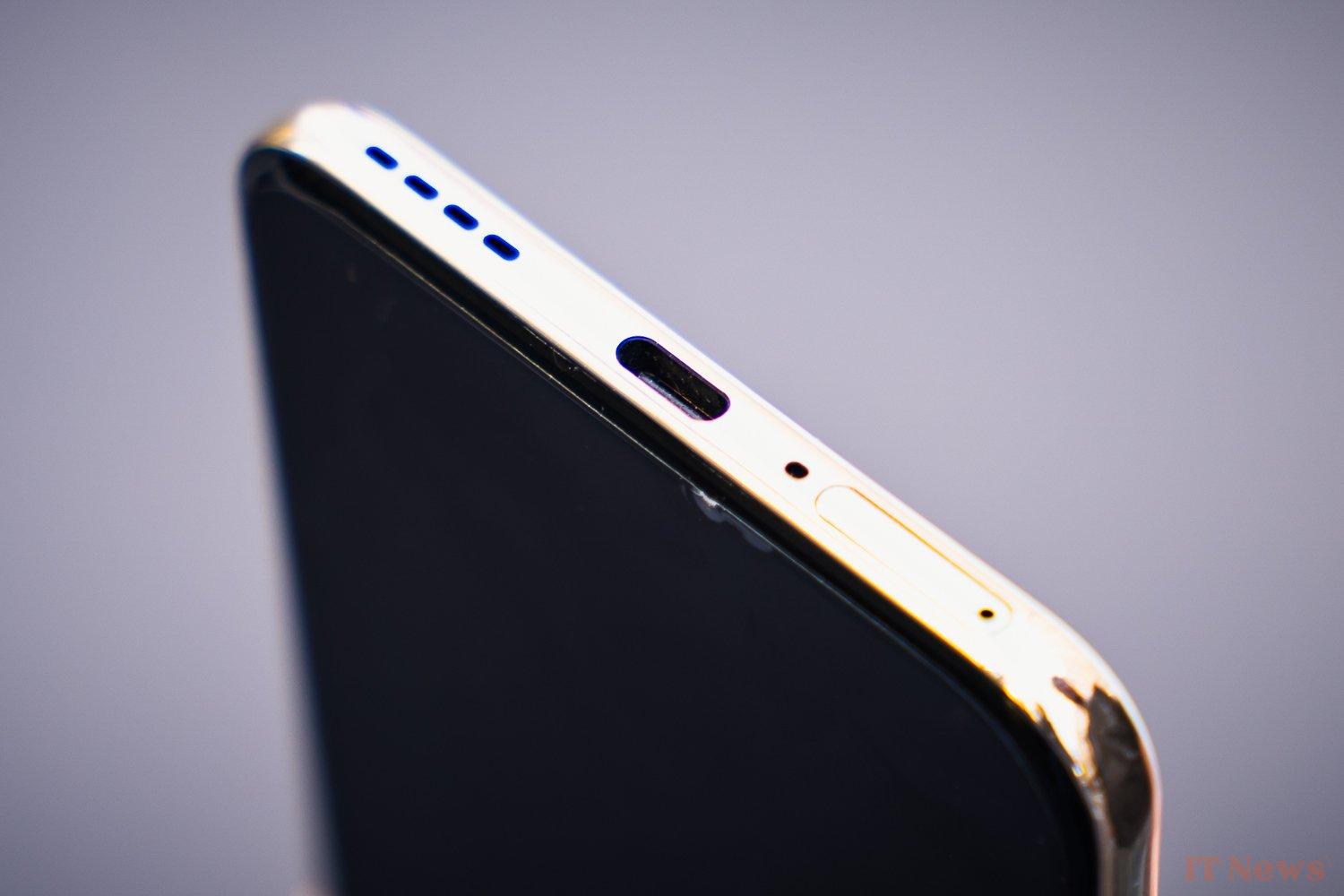
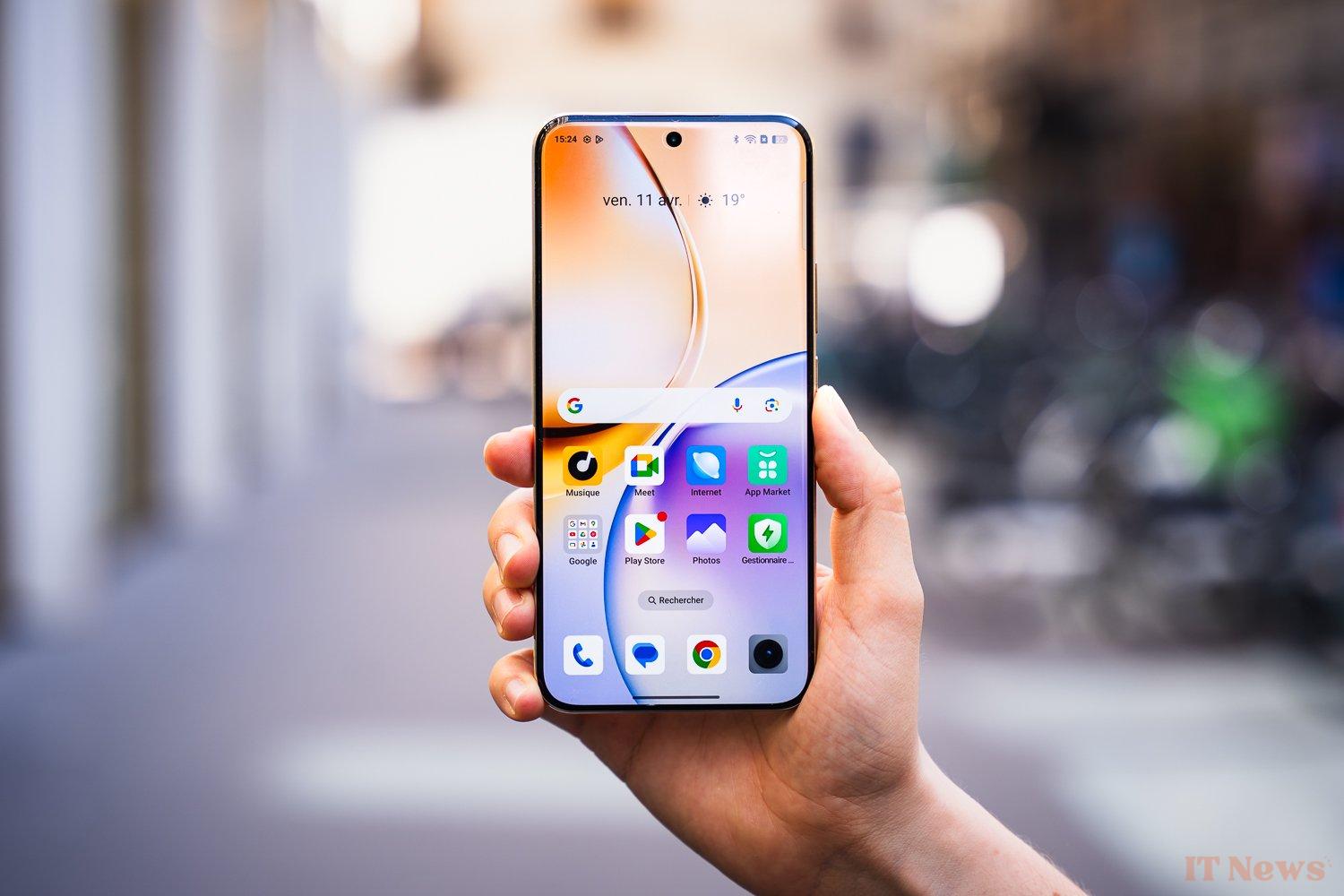





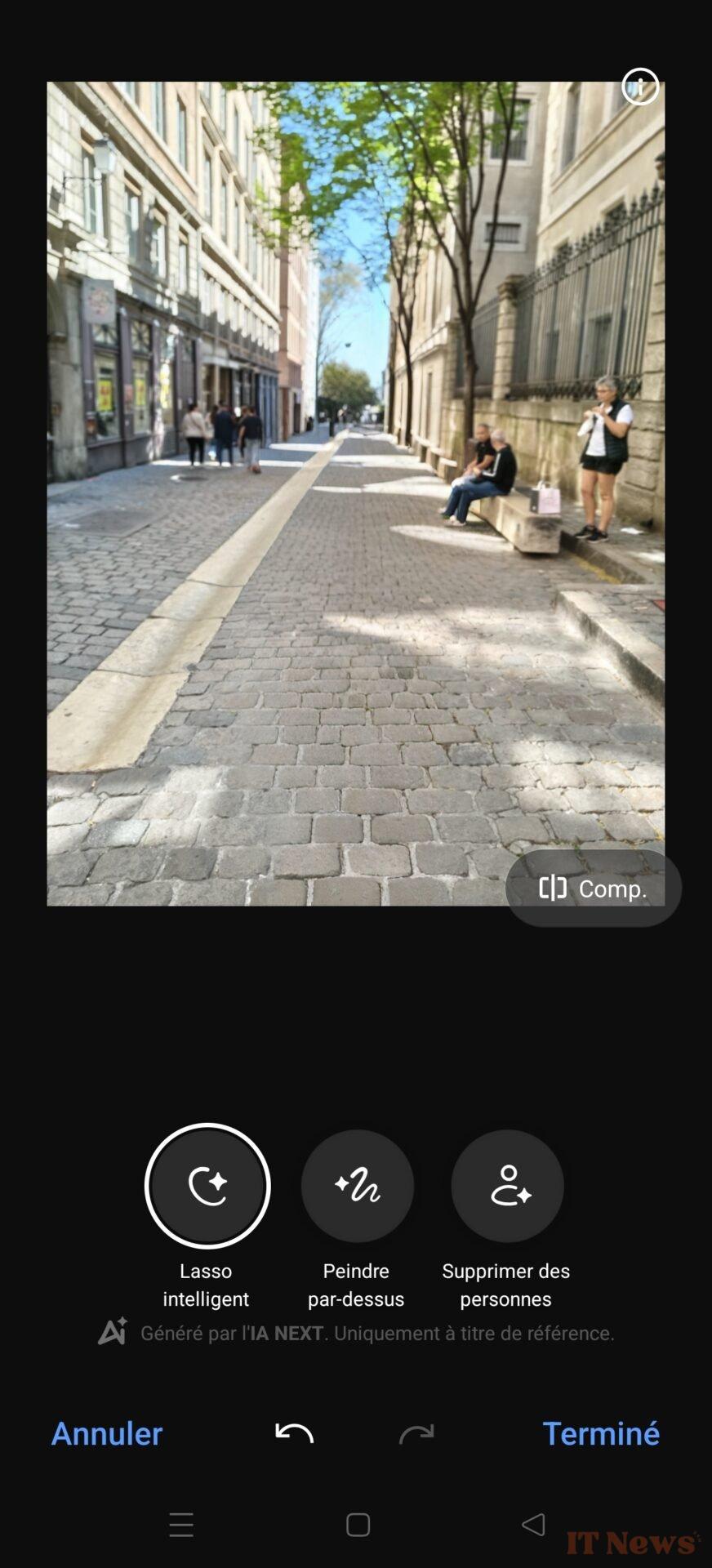




0 Comments